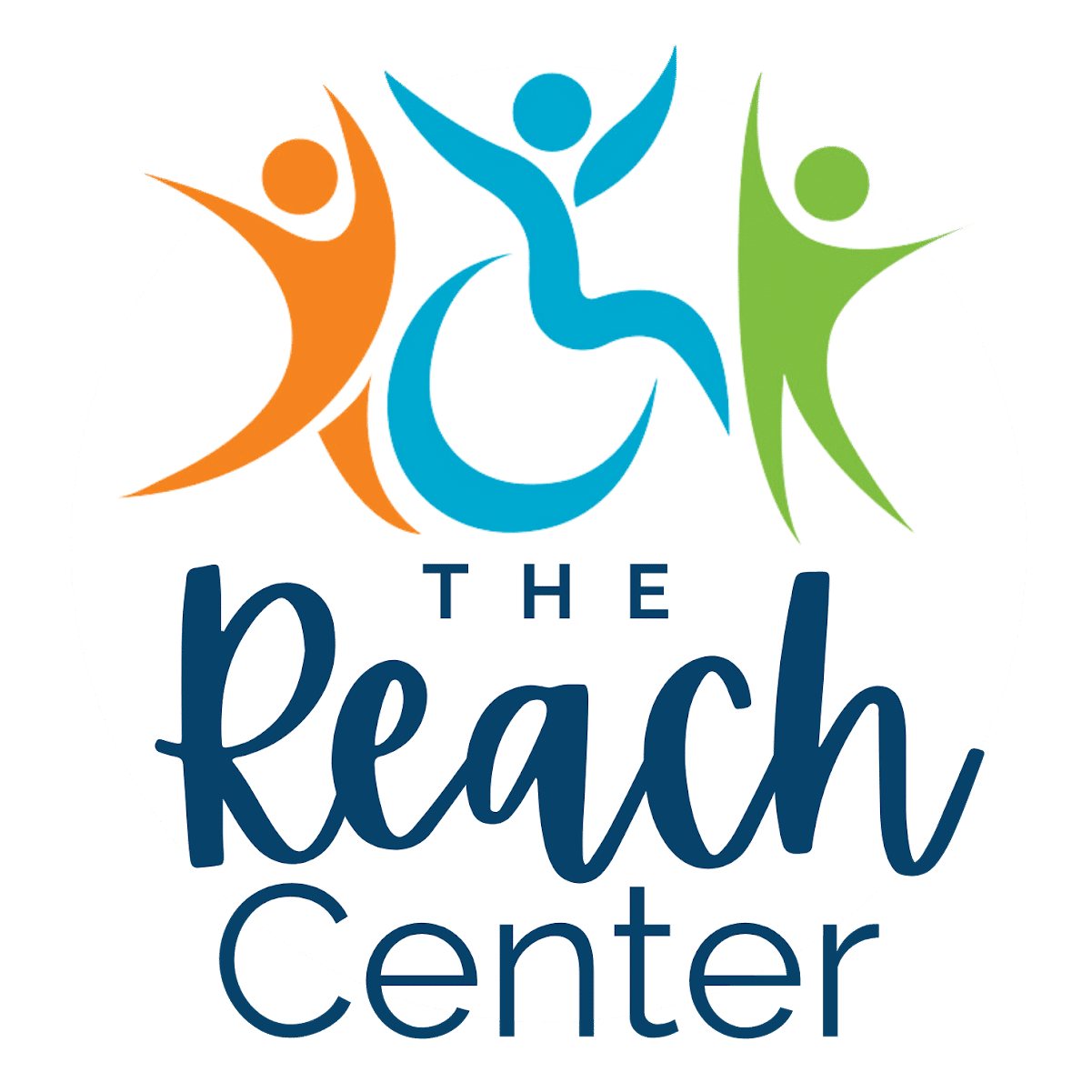Amplified musculoskeletal pain syndrome (AMPS) is an umbrella term for intense musculoskeletal pain. AMPS episodes can cause intermittent or constant pain, and occur either in a localized area or across the whole body. While adults can have AMPS, it is more common in children and adolescents, and more common in girls than boys. According to the Columbia University Irving Medical Center, 80% of AMPS patients are pre-adolescent and adolescent girls.
Causes and risk factors of AMPS
The causes of AMPS are not fully understood— however, there are a few possible causes and risk factors. These include:
- Injuries
- Illnesses
- Age
- Genetics
- Hormones
- Psychological stress
Symptoms of AMPS
The most common symptom of musculoskeletal pain syndrome is episodes of intense pain. Other symptoms of AMPS include:
- Difficulty with coordination and movement
- Chronic fatigue
- Difficulty sleeping
- Swelling
- Headaches
- Anxiety, depression or “brain fog”
- Elevated blood pressure
- Changes in hair or skin color
Diagnosing AMPS
When diagnosing amplified musculoskeletal pain syndrome, your provider will review your child’s medical history, perform a physical exam and ask questions about pain symptoms and other areas of your life. They may recommend evaluation with a rheumatologist or an orthopedic surgeon if there are concerns for musculoskeletal injury. It is best to diagnose AMPS as early as possible so children can begin treatment, improve function and prevent future complications.
Treating AMPS
At Reach Pediatric Rehab, Dr. Pham will work with other members of your child’s health care team to create a comprehensive, multi-faceted treatment plan. The ultimate goal of treatment is to reduce pain, improve function and allow your child to complete their day-to-day tasks and activities.Treatment may include:
- Stress management
- Cognitive behavioral therapy (CBT)
- Desensitization therapy
- Physical therapy
- Occupational therapy
- Aerobic exercise schedule
